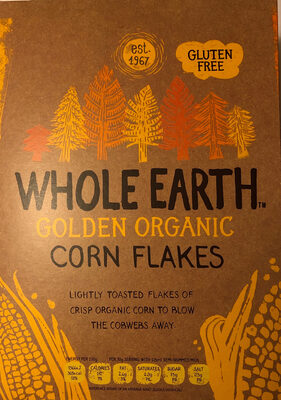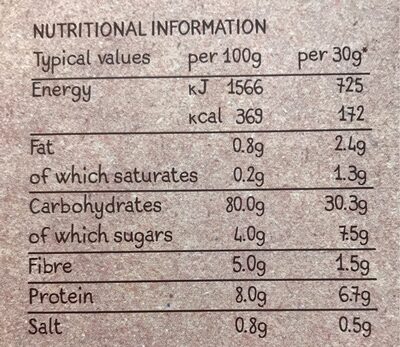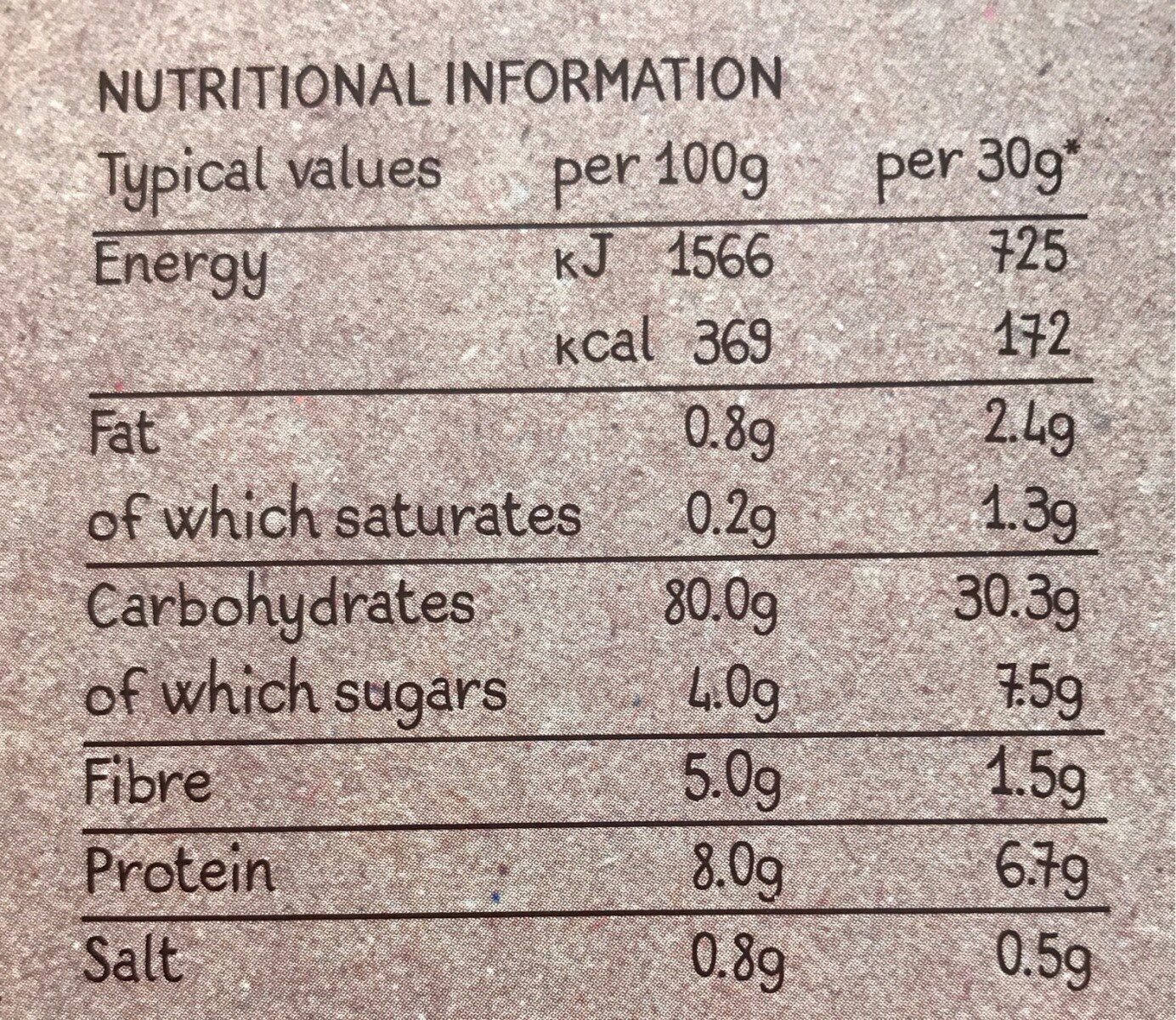Whole Earth Golden Organic Corn Flakes - 375 gr
This product page is not complete. You can help to complete it by editing it and adding more data from the photos we have, or by taking more photos using the app for Android or iPhone/iPad. Thank you!
×
Barcode: 5011835102215 (EAN / EAN-13)
Common name: Organic Corn Flakes
Quantity: 375 gr
Packaging: en:Biodegradable-box, en:Recycled Cardboard Pack
Brands: Whole Earth
Categories: en:Plant-based foods and beverages, en:Plant-based foods, en:Breakfasts, en:Cereals and potatoes, en:Cereals and their products, en:Breakfast cereals, en:Flakes, en:Cereal flakes, en:Extruded cereals, en:Extruded flakes, en:Corn flakes
Labels, certifications, awards: en:No gluten, en:Carbon compensated product, en:Organic Low Fat Gluten Free Vegan No Artificial Colours & Preservatives
Manufacturing or processing places: Switzerland
Link to the product page on the official site of the producer: http://wholeearthfoods.com/product/organ...
Stores: Asda
Countries where sold: An Rìoghachd Aonaichte
Matching with your preferences
Environment
Carbon footprint
Packaging
Transportation
Report a problem
Data sources
Product added on by kaman
Last edit of product page on by s8amy18.
Product page also edited by kiliweb, packbot, roboto-app, swipe-studio, yuka.UkxBa1FZczVxdU03eC9ZYTdpanE0ZjFwNllXTFQyYnVGOEFPSVE9PQ.










